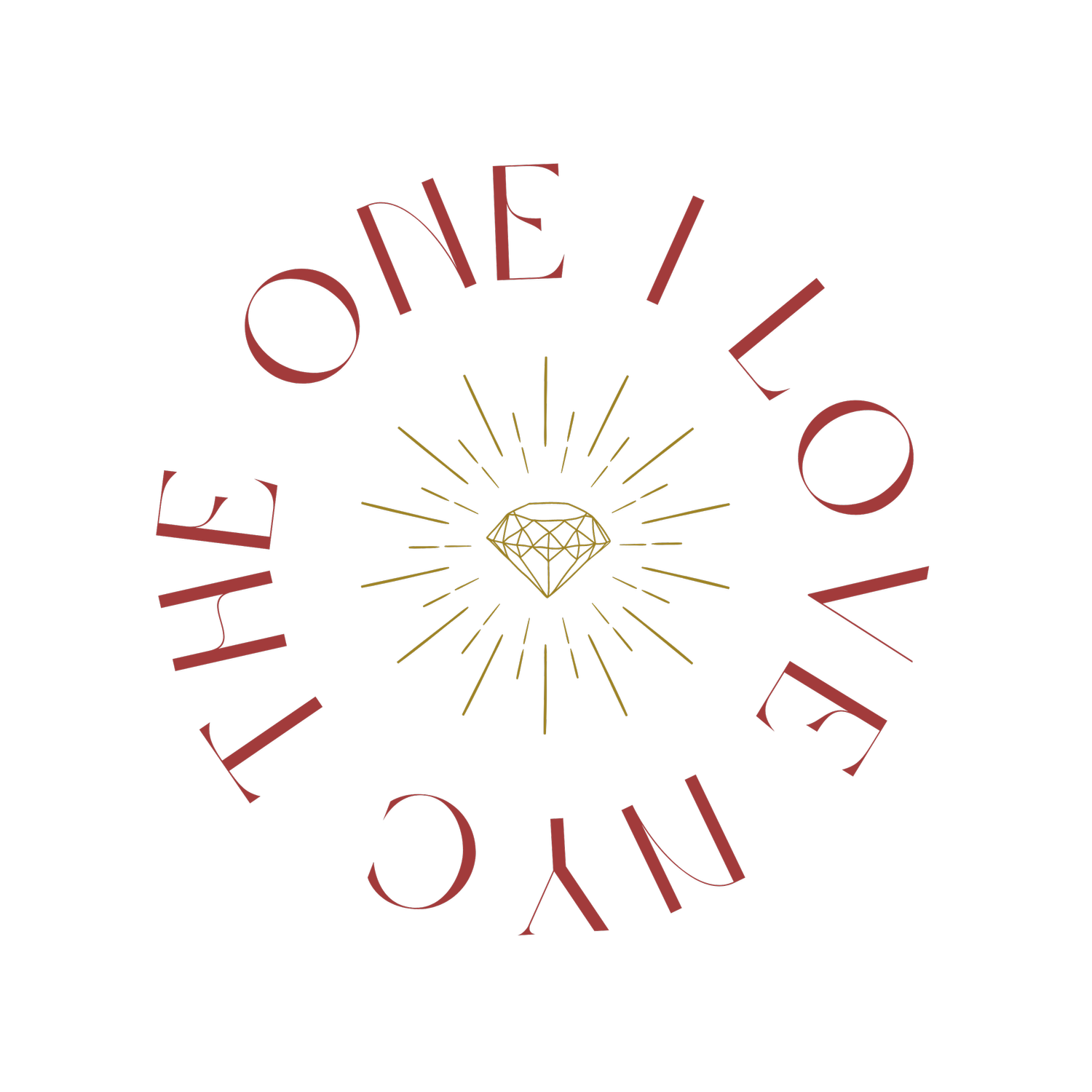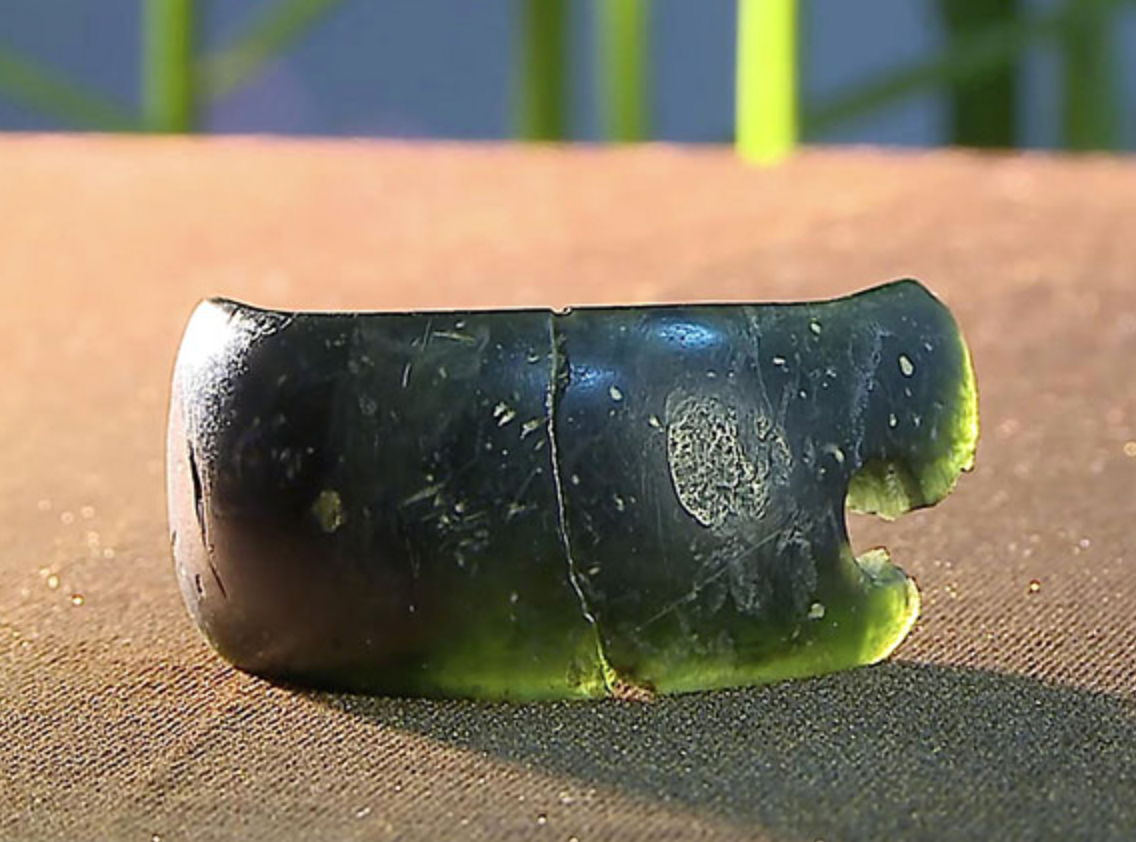From Bones to Stones: How Humans Have Adorned Themselves Throughout History
A foggy morning near a cave on the coast of southern Spain about 120,000 years ago. The first known Neanderthal jewelers honed their primitive craft in a makeshift workshop. Many millennia later, archeologists would discover the site, uncovering many clues as to the very first instance of adornment ever found.
In the Murcia region of southeastern Spain, archaeologists found evidence of a jewelry workshop dating back 115,000 to 120,000 years. The discovery in the Cueva de los Aviones cave provided the earliest evidence of human personal adornment in Europe. Several perforated marine shells, likely used as beads, were found as pictured above. Credit: J. Zilhão
While no intact jewelry artifacts have been discovered at the site, archeologists know these workshops produced necklaces, bracelets, and basic clothing decoration. Pieces of white shells and colorful shells from nearby beaches lay scattered around the back walls of the cave. Remains of ochre pigments derived from clay sit at another end of the ancient dwelling. We know that shells are remarkable blank canvases for these kinds of pigments, affording artistic expression and whimsy well before recorded history.
Though it was a rudimentary endeavor to say the least, Neanderthal civilizations enjoyed a few technological advancements. One that catalyzed the birth of jewelry occurred when Neanderthal toolmakers found that hard stones can shape softer materials. Eureka! New techniques emerged, allowing these pre-human folk to cut stones, bones, and shells into wearable shapes with holes.
This means that jewelry is older than humans themselves, extending back to a time before language was written, or even spoken. The act of gifting and personal adornment were pre-verbal means of communication. Archaeological finds such as those in Spain underscore the importance of symbolic representation for our early ancestors. We can only guess the meaning ascribed to these objects, but they certainly held deep social and emotional value.
Made of dark-green mineral called chloritolite, this bracelet is believed to be the world’s oldest stone bracelet. It was found in 2021 in Denisova cave in the mountains of Siberia. Archeologists believe that this bracelet was only worn for exceptional occasions, such as marriages and other major milestones. Credit: Institute of Archeology and Ethnography, The Siberian Times
Skip ahead about 80,000 years and homo sapiens are on the scene to join in the jewelry fun, fashioning colored beads out of perforated ostrich egg shells. These beads, the earliest known jewelry created by humans, were found at Enkapune Ya Muto in Kenya. Around the same time, stone bracelets and marble rings were found in the Denisova Cave in Siberia. Early humans were getting fancy, my friends.
And the creativity exploded from there. Shells, animal bones, teeth, dried berries, and colored stones were used by our ancient ancestors who were deeply in tune with the Earth and her natural gifts. Animal bones in particular functioned as clasps on clothing, while stones and berries with fanciful hues were often strung together to create decorative adornments of the day.
A child’s bracelet from Northern Egypt, circa 2650 B.C. Credit: The Metropolitan Museum of Art.
Copper and gold were incorporated into jewelry making around 7,000 years ago, as cultures around the world developed methods of smelting and casting metal. Twine and dried animal sinew, which were commonly used to string together beads and other objects, were replaced with wire or chain for those who could afford it.
Other cultures have an even clearer record of the symbolic use of jewelry. Around 5,000 years ago, in Egypt, there was a strong preference for gold since it is workable, rare, and down right luxurious. Egyptian lapidarists used emery, flint, and bow-driven drills to shape and carve stones like lapis lazuli, jasper, carnelian, and turquoise. These gem carvings, known as ‘glyptic art’, took the form of anthropomorphic religious symbols—often a scarab—and have been found in excavated burial tombs of ancient royals. Though Egyptians had the tools and artisans to work with softer stones, it was still a risky process that could end in the total destruction of a precious gem.
Getting a bit more modern, the Greeks and Romans developed their own jewelry traditions and practices. The combination of technology and trade led to a flood of new stones and techniques. By 300 BC, the Greeks had mastered gold working and incorporated amethyst, pearl, and emerald into their designs.
Greeks gave birth to the first cameo design, carving visages into striped agate stone sourced from India. Similarly, the Romans wore rings with engraved gemstones, which functioned as a personalized wax seal. Both cultures believed that wearing jewelry was especially necessary in public to ward off ‘Evil Eye’ curses from any malevolent foe.
The love of jewelry is embedded deep in our DNA. Not only have humans been using organic materials for thousands of years to create beautiful adornment, they have always sought to imbue deep significance and meaning into jewelry. Even during a time when survival was the name of the game, our earliest ancestors took the precious time to craft incredible ornamentation. No wonder we’ll never be able to resist the deep-seated human need for expression, beauty, and adornment.




